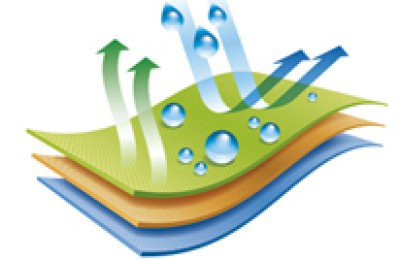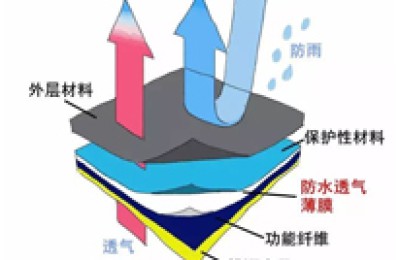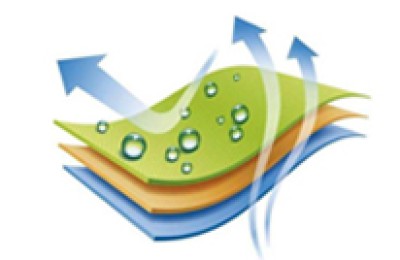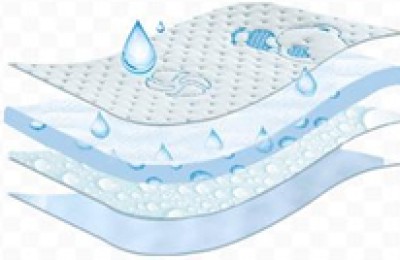Oxford cloth printing processes include direct printing, discharge printing and resist printing.
1. Direct printing: a printing method that directly prints printing color paste on Oxford cloth to obtain various patterns. It is characterized by simple printing process, suitable for various types of dyes, and wide application.
2. Discharge printing: A method of dyeing Oxford cloth first and then printing. The printing paste contains a chemical substance (called a discoloration agent) that can destroy the chromophoric group of the ground color dye and make it decolorized. After printing, appropriate post-processing will destroy the ground color dye in the printing area, and finally from When washed off the Oxford cloth, the printed area will turn into a white pattern, becoming a white-out printing; if the printing paste containing a discharge agent also contains a dye that is not destroyed by the discharge agent, it will destroy the ground color dye. At the same time, the color paste can only be dyed with the dye, so that the printed area can obtain colored patterns, which is called color discharge printing. Discharge printing has rich colors, clear outlines, detailed patterns and bright colors. However, the choice of ground color dyes is subject to certain restrictions, and the printing cycle is long and the printing cost is high.
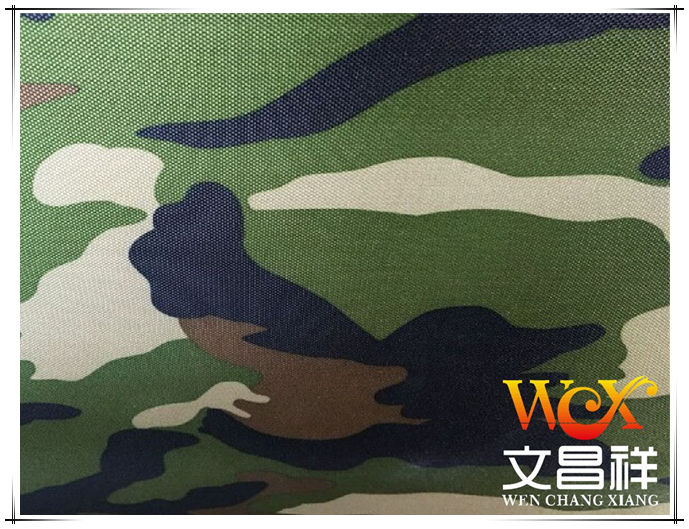
3. Resist dyeing printing: first print the processing method of dyeing. The printing paste contains chemicals (anti-dyes) that can destroy or prevent the dyeing of ground color dyes. The ground color dyes cannot be dyed in the printing area. After washing, the printing area will appear white pattern, which is called anti-white printing; if it is While preventing whitening, the printing color paste also contains dyes that do not interact with the dye resist. When the ground color dye is dyed, the dye in the color paste dyes the printed area, and the printed area will obtain a colored pattern, which is called color. Anti-printing. The patterns obtained by resist printing are generally not as fine as discharge printing, but there are more types of ground color dyes suitable for resist printing than the former.
The above is the printing process of printed fabrics, which can be selected according to the printing effect, dye properties, pattern characteristics and processing cost.
To learn more about Oxford cloth, please consult textile customer service or call the hotline: 400-8380917.
</p



